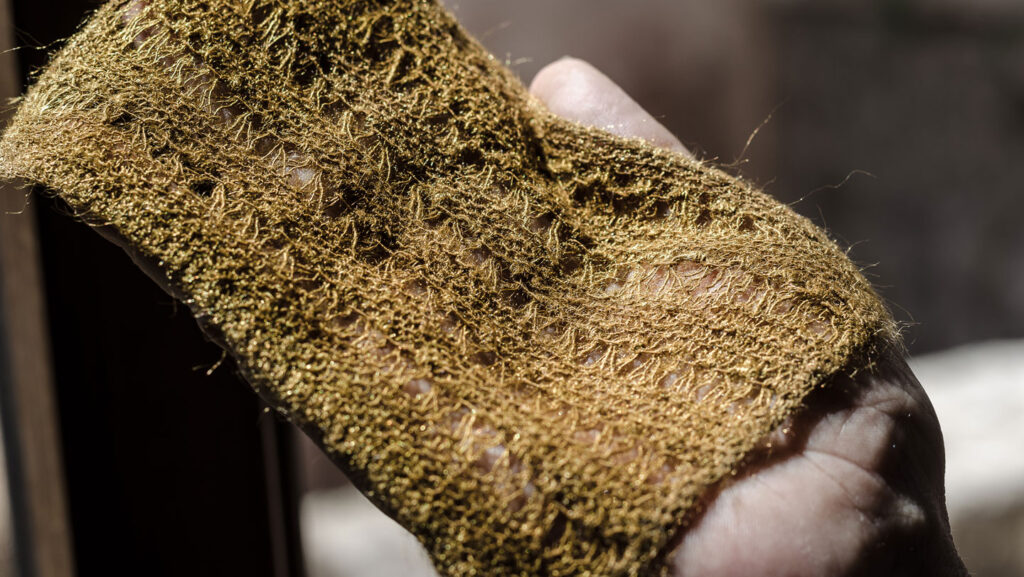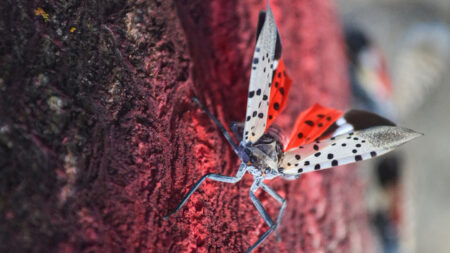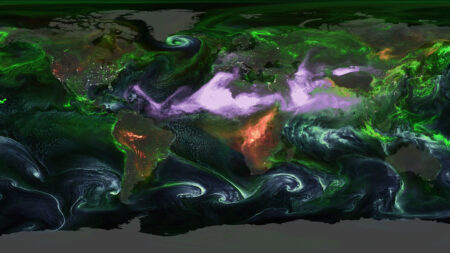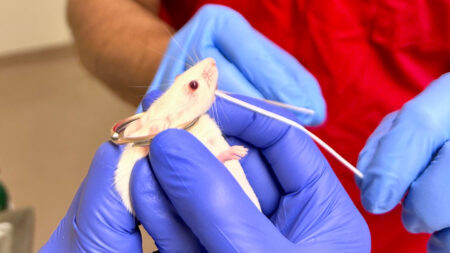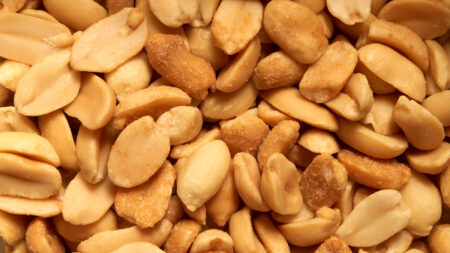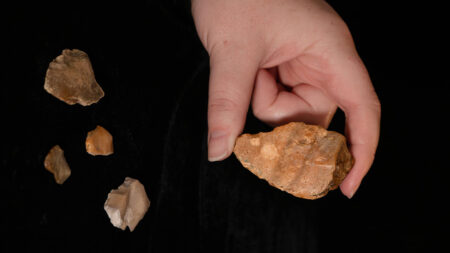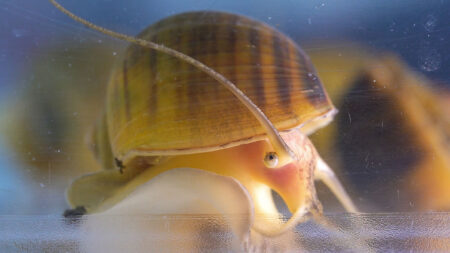Shimmering like spun gold, sea silk fabric is so lustrous that some believe it inspired the Greek legends of Jason’s quest for the Golden Fleece. For centuries, artisans in the Mediterranean have passed down the art of spinning the silk, which comes from the beardlike tufts of the giant clam Pinna nobilis. But the clam’s endangered species status has made it hard to keep the tradition alive.
Now, scientists have re-created the legendary fabric using discarded parts of Atrina pectinata, a related clam species farmed extensively in South Korea for food. They’ve also identified the precise molecular structure and formation behind sea silk’s everlasting golden hue, the researchers report July 29 in Advanced Materials.
“So much of this species’ fiber is thrown out as waste when it could be used as a new source of sea silk, says Dong Soo Hwang from the Pohang University of Science and Technology in Korea. “If we collect it instead, we may open a new branch of sustainable luxury.”
Sea silk has long been made from the giant clam P. nobilis, which is native to the Mediterranean and can grow up to four feet long. The earliest known mention of the silk dates back to the second century, when Tertullian, a Carthaginian lawyer turned Christian writer, described it in De Pallio: “Nor was it enough to comb and sow the materials for a tunic; it was necessary also to fish for one’s dress; for fleeces are obtained from the sea, where shells of extraordinary size are furnished with tufts of mossy hair.”
The silk comes from the clam’s byssus threads, wispy but thick threads that anchor it to seaweed, sand, and stone. Traditionally, the threads are carefully harvested and rinsed in seawater to remove seaweed and sand, then washed with soft water to draw out salt and left to air dry. Next, the fibers are meticulously combed to enhance their glossy sheen and spun on wooden spindles. After being soaked in lemon juice for 24 to 36 hours, a final round of washing, drying and combing concludes the process.
The resulting sea silk is “fine as children’s hair,” says Felicitas Maeder, a researcher at the Natural History Museum of Basel in Switzerland. “A glove would feel like nothing at all,” says study coauthor Jimin Choi, a biological engineer also at the Pohang University of Science and Technology.
But since 1992, the European Union has banned the harvesting of P. nobilis, and following a massive die-off, it was officially classified as endangered in 2019. Then, Hwang and his team had discovered that the threads of A. pectinata, a closely related clam, shared striking physical and chemical similarities to the endangered species — and importantly, A. pectinata is already widely available in Korea. “Whenever you go to a seafood restaurant or Costco [in Korea], most of the [scallops] you’re eating are Atrina,” Hwang says.
Importantly, the byssus of A. pectinata is usually discarded as waste. To Choi and Hwang, this was the perfect opportunity for upcycling. When they replicated the traditional sea silk production process, they successfully created golden threads from A. pectinata that were virtually indistinguishable from those of the endangered P. nobilis.
This came as no surprise to Maeder, who has spent decades collaborating with Mediterranean sea silk artisans to piece together the fabric’s history. One weaver, Arianna Pintus from Carbonia, Italy, had already independently discovered A. pectinata threads could work just as well, Maeder says.
The researchers also uncovered what gives sea silk its shimmering golden hue. Unlike most animal-based fibers like wool or silk, which are made from long, fibrous proteins, the team found that sea silk is primarily composed of spherical proteins called photonins. These globular proteins assemble into nanofibrils that twist together in helical bundles.
Like butterfly wings or soap bubbles, the shimmer arises from how light reflects off nanostructures. In untreated byssus, iron ions mask the effect. But a soak in citric acid — the lemon bath — removes the iron, clearing the way for the golden hue to emerge.
Because sea silk’s golden luster comes from pigment rather than structure, the color “doesn’t fade for more than 1,000 years,” Choi says.
Globular proteins are typically unstable, Hwang says. But in sea silk, photonins are reinforced by a mesh of sugars and matrix proteins that provide additional strength and durability. The more ordered the protein structure is within the fibers, the more brilliant the structural color becomes, the researchers note.
These findings could not only help revive sea silk production, but also engineer nontoxic golden pigments for use in textiles or cosmetics, Hwang says. “I’m hoping maybe someone in Louis Vuitton may see our work and contact us about sending a sample.”
Read the full article here







